Today's Top Picks

Local Law Enforcement for International Threats
According to a recent United Nations Security Council report, the number of Islamic State (IS) attacks is down over the past year. However, there is still no doubt that the IS remains a threat – both globally and domestically – particularly as it transforms into a more covert terrorist organization. Domestically, the IS remains a concern for law enforcement agencies. However, the threats have evolved from groups to individuals – radicalized from the array of propaganda and plethora of ideologies found on the internet.
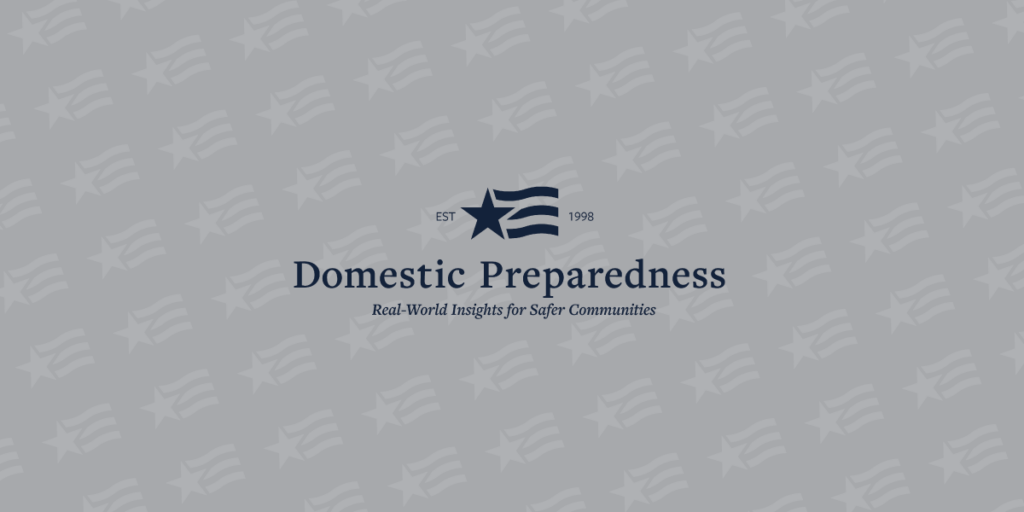
Just Another Day in the Office for the United States Coast Guard
DomPrep’s Publisher, Martin (Marty) Masiuk recently conducted a podcast interview with DomPrep Advisor CDR Joseph J. Leonard Jr. (USCG, ret.) to hear his reaction on this extraordinary drug seizure. Joe then elaborates on the many missions that the Coast Guard conduct every day.

EMP Executive Order & Self-Funding Resilient Microgrids
The U.S. government published two landmark emergency management policies in March 2019. The first was the update of the 2015/2016 Space Weather Strategy and Action Plan released from the Office of the President. DomPrep published an article on 15 June 2016 describing how the strategy and action plan affected disaster and emergency operations planning. Then, on 26 March 2019, the Federal Register published the Executive Order of the President 13865 (EO 13865), entitled “Coordinating National Resilience to Electromagnetic Pulses,” which outlines the threats to the national (and global), economic, as well as health and safety security.

The Enterprise That Guards Against Attack
The Homeland Security Act of 2002 created the Department of Homeland Security (DHS) to safeguard
the United States against terrorism. The department brought together 22 different federal agencies, each
with a role to: prevent terrorism and enhance security, especially from a chemical, biological,
radiological, nuclear, or high-yield explosive (CBRNE) attack; manage borders; administer immigration
laws; secure cyberspace; and ensure disaster resilience. That is just the federal part of the equation.
The first DHS Secretary, Governor Thomas Ridge, envisioned an enterprise where state, local, tribal, and
territorial governments were also an integral part of that mission. What is not clearly stated is the
role that nongovernmental organizations play. This would include industry, think tanks, and media.
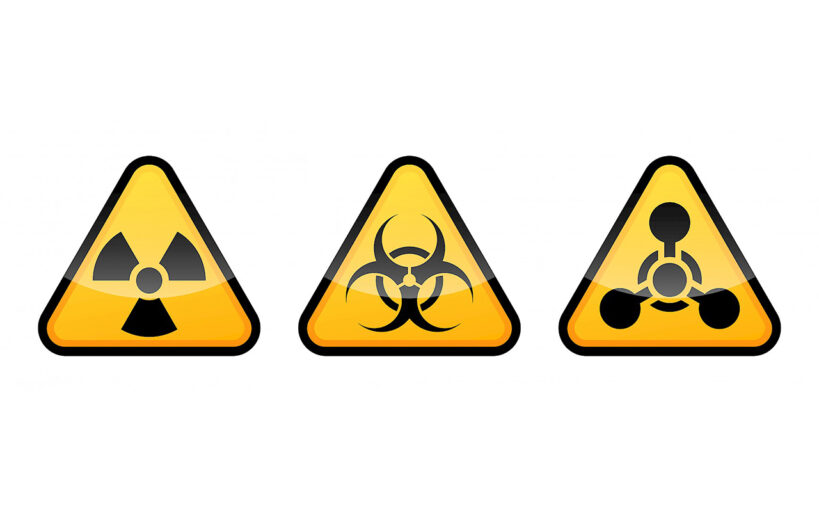
European CBRNE Summit 2019 – Salisbury & Manchester
Birmingham, United Kingdom – Over the past few years, the term “asymmetry” has been applied many times to the emerging threat landscape to first responders and military personnel around the world. Asymmetrical means that two sides do not match or are uneven. Intelligence SEC’s 2019 European CBRNE Summit recently held in Birmingham, United Kingdom, highlighted two of the largest and most prominent chemical, biological, radiological, nuclear, high-yield explosive (CBRNE) incidents in the world: The 2018 Salisbury nerve agent attack and the 2017 Manchester concert arena bombing. Intelligence-SEC will be presenting the 2019 Asian CBRNE Summit to be held 3-5 December 2019 in Bangkok, Thailand.
Trending
 Bridging Communication Gaps: Lessons from Hurricane Helene by Greg Hauser Hurricanes in 2024 caused widespread damage to infrastructure, leading to a critical but often overlooked issue: isolation. Physical and technological…
Bridging Communication Gaps: Lessons from Hurricane Helene by Greg Hauser Hurricanes in 2024 caused widespread damage to infrastructure, leading to a critical but often overlooked issue: isolation. Physical and technological… A Systems Thinking Approach to Improving Emergency… by William Chapman “PACE” planning helps organizations fail gracefully, but systems thinking reduces the likelihood of failure altogether. Combining both approaches helps organizations…
A Systems Thinking Approach to Improving Emergency… by William Chapman “PACE” planning helps organizations fail gracefully, but systems thinking reduces the likelihood of failure altogether. Combining both approaches helps organizations… Disaster Stress Management in an Emergency Operations Center by Mary Schoenfeldt Disasters affect responders and community members, but they also bring trauma to those working inside emergency operations centers. Distance from…
Disaster Stress Management in an Emergency Operations Center by Mary Schoenfeldt Disasters affect responders and community members, but they also bring trauma to those working inside emergency operations centers. Distance from… Why Emergency Management Is a Good Career for… by Mathew Perrill For many service members, the transition from the military to a civilian workforce can be challenging. They have been trained…
Why Emergency Management Is a Good Career for… by Mathew Perrill For many service members, the transition from the military to a civilian workforce can be challenging. They have been trained…Trending
 Disaster Stress Management in an Emergency Operations Center by Mary Schoenfeldt Disasters affect responders and community members, but they also bring trauma to those working inside emergency operations centers. Distance from…
Disaster Stress Management in an Emergency Operations Center by Mary Schoenfeldt Disasters affect responders and community members, but they also bring trauma to those working inside emergency operations centers. Distance from… Why Emergency Management Is a Good Career for… by Mathew Perrill For many service members, the transition from the military to a civilian workforce can be challenging. They have been trained…
Why Emergency Management Is a Good Career for… by Mathew Perrill For many service members, the transition from the military to a civilian workforce can be challenging. They have been trained… Bridging Communication Gaps: Lessons from Hurricane Helene by Greg Hauser Hurricanes in 2024 caused widespread damage to infrastructure, leading to a critical but often overlooked issue: isolation. Physical and technological…
Bridging Communication Gaps: Lessons from Hurricane Helene by Greg Hauser Hurricanes in 2024 caused widespread damage to infrastructure, leading to a critical but often overlooked issue: isolation. Physical and technological… A Systems Thinking Approach to Improving Emergency… by William Chapman “PACE” planning helps organizations fail gracefully, but systems thinking reduces the likelihood of failure altogether. Combining both approaches helps organizations…
A Systems Thinking Approach to Improving Emergency… by William Chapman “PACE” planning helps organizations fail gracefully, but systems thinking reduces the likelihood of failure altogether. Combining both approaches helps organizations…Trending
Bridging Communication Gaps: Lessons from Hurricane Helene by Greg Hauser Hurricanes in 2024 caused widespread damage to infrastructure, leading to a critical but often overlooked issue: isolation. Physical and technological…
A Systems Thinking Approach to Improving Emergency… by William Chapman “PACE” planning helps organizations fail gracefully, but systems thinking reduces the likelihood of failure altogether. Combining both approaches helps organizations…
Disaster Stress Management in an Emergency Operations Center by Mary Schoenfeldt Disasters affect responders and community members, but they also bring trauma to those working inside emergency operations centers. Distance from…
Why Emergency Management Is a Good Career for… by Mathew Perrill For many service members, the transition from the military to a civilian workforce can be challenging. They have been trained…
Domestic Preparedness Journal
Featured in this issue
- Special Units and Underutilized Resources
- Law Enforcement and Multidisciplinary Teams
- Public Order Policing Units in Disasters
- State Defense Forces in Emergency Response
- Emergency Carcass Operations
- Wildfire PREsponse: Closing the Gap With Mitigation
- Scouts and the Value of Prepared Youth
- Service Dogs: What First Responders Need to Know
- Emergency Management for Transitioning Veterans
- Podcast – Reframing Hurricane Response: Craig Fugate on Survivors as a First Line of Defense
- Podcast – Built to Serve: Chief Jeffrey J. Wittig on TIFMAS, Teamwork, and Emergency Response
Articles Out Loud

Article Out Loud – Law Enforcement Collaboration Within Multidisciplinary Teams
June 25, 2025
This is an article by Richard Schoeberl and Anthony (Tony) Mottola, an Article Out Loud from Domestic Preparedness, June 25,

Article Out Loud – State Defense Forces: The Untapped Backbone of Emergency Response
June 25, 2025
This is an article by Robert Hastings, an Article Out Loud from Domestic Preparedness, June 25, 2025. As disasters become

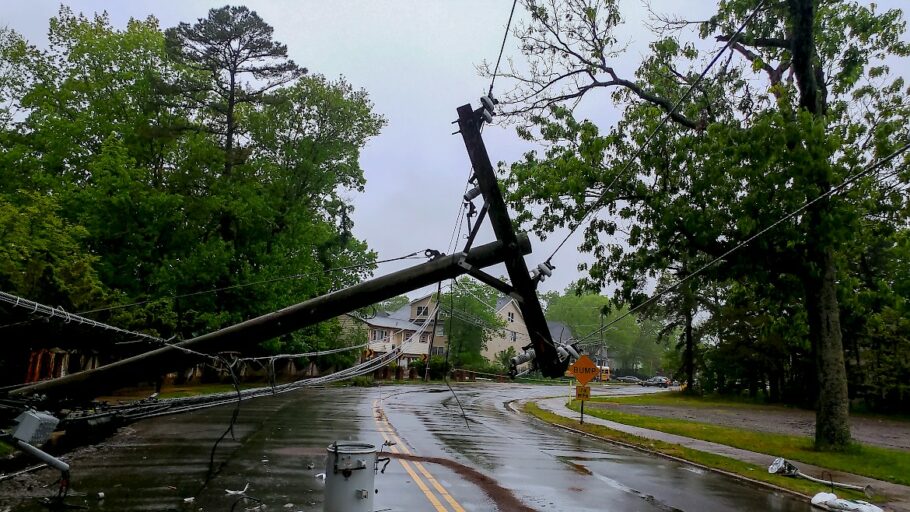

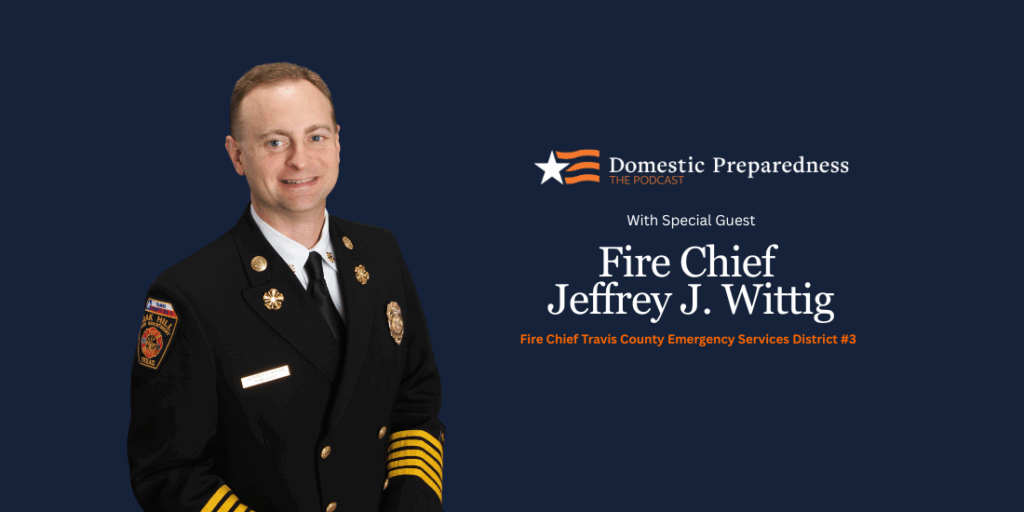
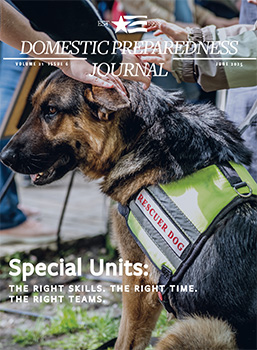

Editor’s Note – Special Units and Underutilized Resources